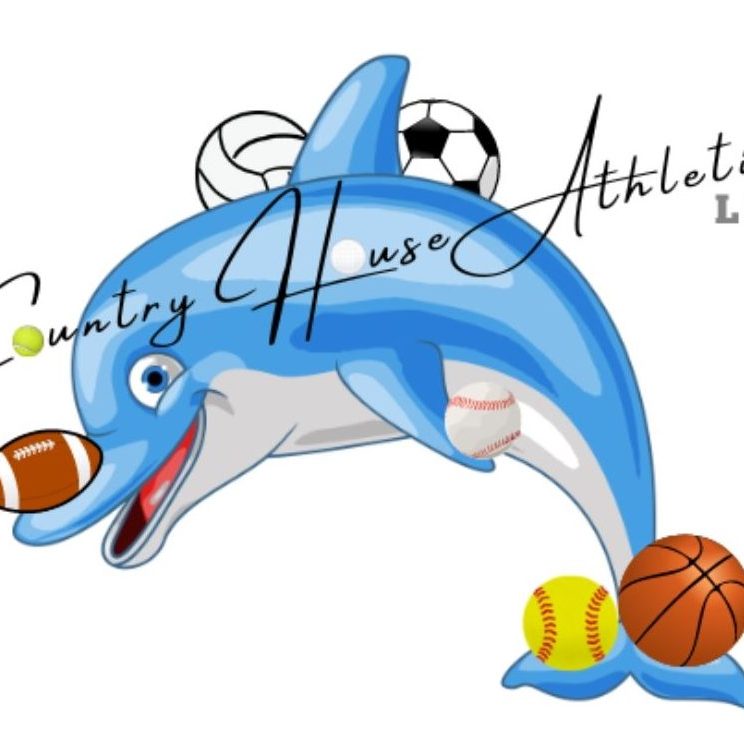As a parent, you always want to be sure your child stays safe and healthy while participating in sports. We have that same mission here at Country House Athletics. While some injuries, like sprains and bruises, are common and expected, every now and then others—like anterior compartment syndrome—can be more serious and require immediate (and emergent) attention. Understanding compartment syndrome can help you recognize the early warning signs and get your youngster the care they need.
What is Anterior Compartment Syndrome?
The lower leg is divided into several muscle compartments, each surrounded by a tough connective tissue called fascia. Anterior compartment syndrome (ACS) occurs when the pressure builds up inside the front (anterior) compartment of the lower leg (shin), restricting blood flow and causing pain, tightness, and even nerve damage.
ACS can develop suddenly (acute) due to trauma or gradually (chronic) from repetitive activity, such as running. I have also seen a non-typical, delayed onset, acute anterior compartment syndrome that resulted from a violent ankle sprain. This injury put this particular athlete in the operating room to save his lower leg. The single biggest emphasis is on recognizing the possibility that this condition is present.
What Causes Anterior Compartment Syndrome?
Acute ACS (Medical Emergency 🚨)
This typically occurs due to a direct injury, such as:
- A fracture or severe bruise from impact (i.e., getting kicked in the shin)
- Crush injuries (i.e., heavy weight falling on the leg)
- Excessive swelling or bleeding after an injury
Since acute ACS cuts off circulation, it requires immediate medical attention to prevent permanent muscle and/or nerve damage.
Chronic ACS (Exertional ACS)
This occurs gradually due to overuse and repetitive stress, commonly in sports like:
- Running (track, cross-country)
- Soccer
- Basketball
- Gymnastics
In chronic ACS, the muscles swell during exercise, increasing pressure in the compartment and causing pain that eases with rest but returns with activity. This type of compartment syndrome is sometimes mistakenly chalked up as shin splints or medial tibial stress syndrome.
Symptoms to Watch For
Acute ACS (Requires Immediate Medical Care)
If your child has a leg injury and experiences these symptoms, seek emergency treatment:
🚨 Severe pain that worsens despite rest and medication
🚨 Tight, swollen, or shiny skin in the shin area
🚨 Numbness, tingling, or burning sensation in the foot
🚨 Weakness or inability to move the toes or foot
Chronic (Exertional) ACS
⚠️ Pain and tightness in the shin during activity, which goes away with rest
⚠️ Weakness or tingling in the foot after exercise
⚠️ Muscle bulging or swelling after workouts
How is Anterior Compartment Syndrome Diagnosed?
A physician or sports medicine specialist may perform:
- Physical exam to check for swelling, tenderness, and nerve function
- Compartment pressure testing to measure the pressure inside the muscle before and after exercise
Treatment and Recovery
Acute ACS (Emergency Surgery Required)
If acute ACS is diagnosed, a surgical procedure called a fasciotomy is performed to relieve pressure by cutting open the fascia. Delaying treatment can lead to permanent muscle damage or even loss of limb function.
Chronic ACS (Non-Surgical & Surgical Options)
1️⃣ Rest & Activity Modification: Adjusting training intensity to reduce pressure buildup
2️⃣ Rehabilitation: Stretching, strengthening, and improving biomechanics
3️⃣ Footwear & Orthotics: Proper shoes can help reduce excessive muscle strain
4️⃣ Surgery (If Needed): If symptoms persist, a fasciotomy may be performed to release pressure
Final Thoughts
While anterior compartment syndrome isn’t as well-known as other sports injuries, recognizing this condition exists and can develop—especially in its acute form—is crucial for protecting your child’s health. If your youngster complains of persistent leg pain, tightness, or numbness, don’t ignore it—early intervention can make all the difference.
At Country House Athletics LLC, we’re committed to helping parents and athletes stay informed and proactive about sports injuries. Check back every Saturday for more expert insights to keep your athlete performing at their best!

No responses yet